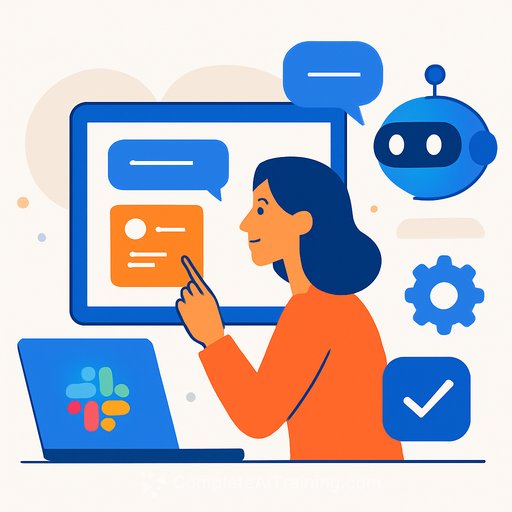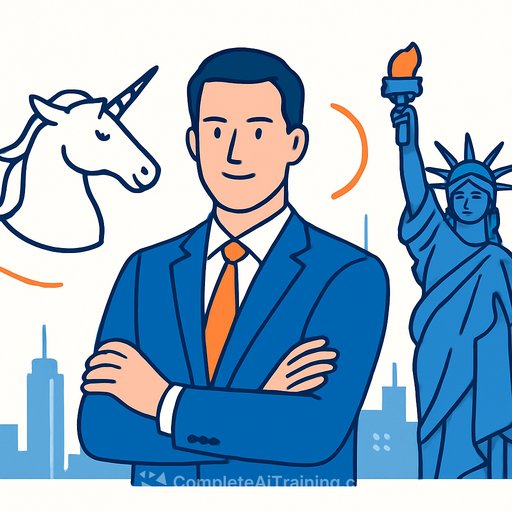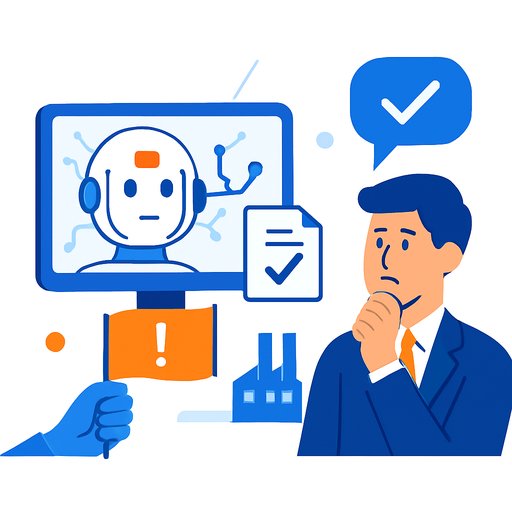Slack's next move: from messenger to "Agentic OS"
OpenAI's Sam Altman threw a punch, saying Slack fuels "fake work." Slack's answer: turn the chat window into an engine that gets work done. In Seoul, Slack CEO Dennis Dresner laid out how that shift looks in practice-and why he thinks it matters.
Dresner visited Salesforce Korea's HQ in Yeouido on the 18th and showed an AI agent working inside Slack. His line was blunt: "It's not that we work 'in' Slack. Slack works 'for' us."
What the Agentic OS means in real work
Slack is moving from threads to tasks. The AI agent pulls context from channels, messages, documents, and Google Drive-limited by your permissions-and answers work questions without hopping tools.
In the live demo, asking Slackbot about an "AI Era Human Resource Strategy" doc returned a precise answer sourced across authorized channels and files. Features like "Recap" also summarize what you missed, so you don't scroll through days of chatter.
Slack positions this context layer as its edge: billions of conversations and shared docs already live in Slack, so the agent can act with the full picture of how work flows. More detail sits here: Slack AI.
Practical tips from the CEO's own setup
- Mark key people as "VIPs" so their updates surface first.
- Build a "priority" section for the meetings and projects that actually move numbers.
- Use one-click approvals to handle travel, budgets, and routine sign-offs without leaving Slack. Dresner says internal approval speed improved by 90%+ after rollout.
Why executives should care
- Context as a moat: AI is only as good as the data it can see. Slack already holds your conversations, docs, and workflows.
- From chat to execution: The value isn't summaries; it's completing work-answers, approvals, scheduling, follow-ups-without app-hopping.
- Governance baked in: Permissions travel with the query. That's different from a generic chatbot where context gets messy.
- Measurable outcomes: Look for cycle time cuts (approvals, decisions), search time saved, and fewer status meetings.
90-day plan to test agentic work in your org
- Weeks 1-2: Pick 2-3 high-volume workflows (e.g., travel approvals, QBR prep, incident response). Map owners, systems, and exceptions.
- Weeks 3-4: Connect data sources (Drive, calendars, task tools). Turn on Recap and VIP routing for pilot teams.
- Weeks 5-8: Ship one-click approvals for a single policy. Add AI answers for "where is X?" and "status of Y?" questions.
- Weeks 9-10: Instrument KPIs: approval cycle time, time-to-answer, meeting hours per week, and employee NPS on "work clarity."
- Weeks 11-12: Expand to a second workflow and publish a short playbook: what to ask the agent, what still needs human review, and who owns exceptions.
Slack vs. standalone AI chat
OpenAI introduced group chat to compete for team workflows. Slack's counter is simple: it already holds the conversations and access controls that make answers trustworthy. The question for leaders isn't which chatbot is smarter-it's which system reduces steps to a finished outcome without creating new governance risk.
What this signals about the future of work
Slack's vision isn't just doing the same work faster. It's offloading repeatable tasks so people focus on strategy, creative solves, and decisions. If the agent can answer, summarize, and approve inside the flow of work, meetings shrink and throughput rises.
If you're upskilling your teams
If you're formalizing AI skills by role-ops, finance, marketing-this resource can help: AI courses by job.
Your membership also unlocks:





